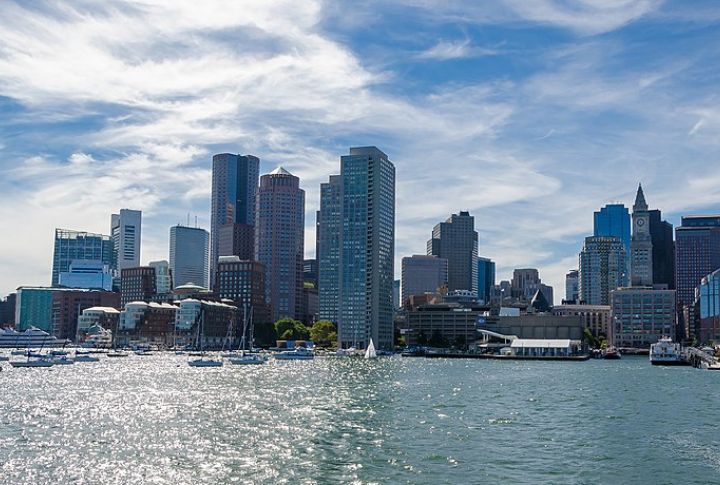
When hurricane season arrives, some cities sit directly in the storm’s path, facing increased risk, not just from wind and water, but also from aging infrastructure and growing populations. If you live near the coast or plan to travel, this list looks at 25 cities where a stronger hurricane season could bring serious trouble.
Cape Hatteras, North Carolina
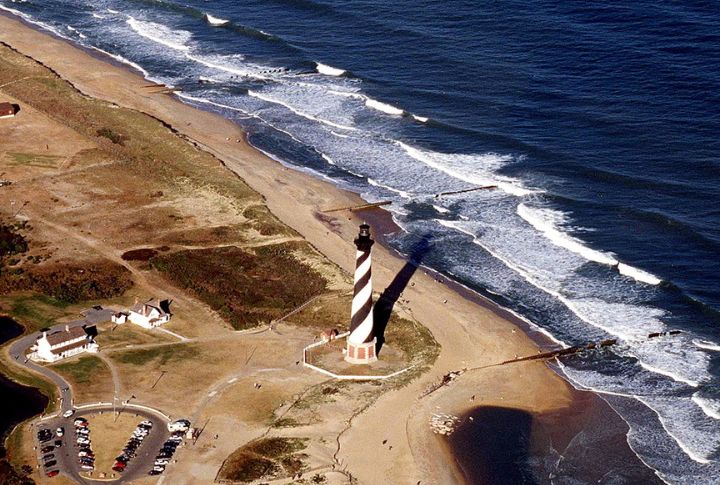
Cape Hatteras has faced 118 storms since 1871, which means one almost every year and a half. Nicknamed the Graveyard of the Atlantic, its waters have swallowed countless ships. Erosion even forced its lighthouse inland, proving how much power the Atlantic regularly throws toward this coast.
Morehead City, North Carolina
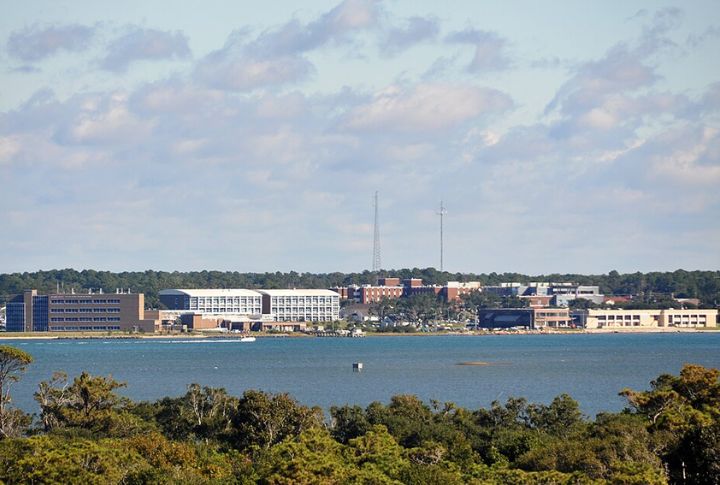
Just 75 miles south of Cape Hatteras, Morehead City has seen 104 storms since 1871. Hurricanes tend to push in roughly every seventeen months. With its deep harbor and lively fishing community, the town often lies in the direct path of tropical systems forming offshore or drifting northward.
New Orleans, Louisiana
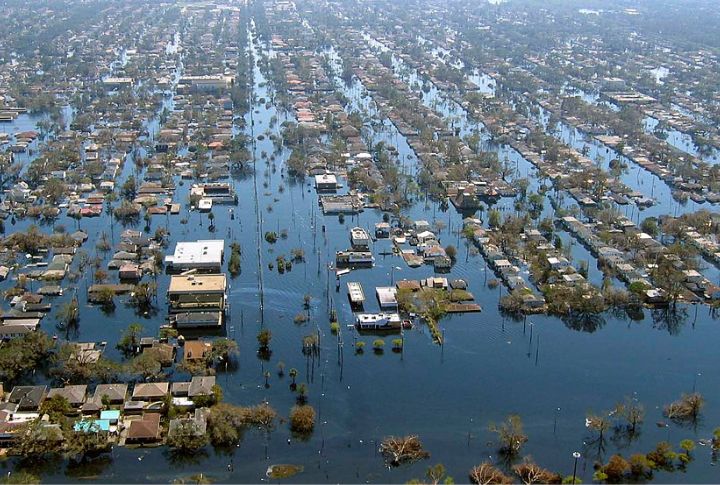
Built below sea level, New Orleans continues to rebuild and adapt after Katrina’s devastation in 2005. The $14.5 billion levee system now circles the city. Pumps constantly battle rising water. As the land sinks slowly each year, residents prepare carefully every time hurricane season rolls around again.
Tampa, Florida
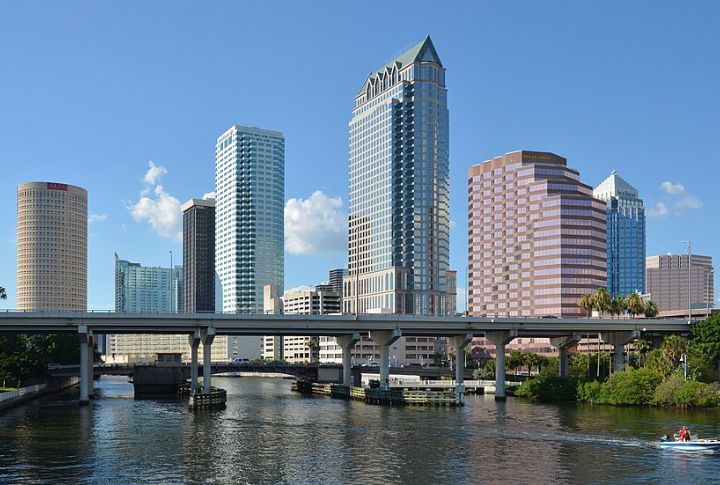
Tampa doesn’t see direct hits often, but when they do happen, the threat is serious. The bay’s shape pulls water inward, multiplying storm surge risks. Hurricane Milton in 2024 further reminded everyone how quickly peace can shift to chaos. Residents now treat every weather alert like it’s the one that matters.
Miami, Florida
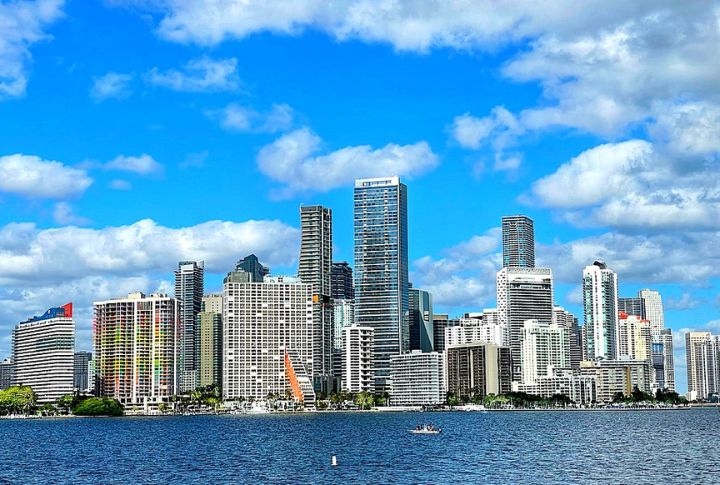
Hurricane season never gets ignored in Miami, where damage risk runs high. Major storms have made landfall twice in one month before. Buildings must meet some of the country’s strictest storm codes. Even flamingos at the zoo have shelter plans, making resilience a part of daily life here.
Houston, Texas
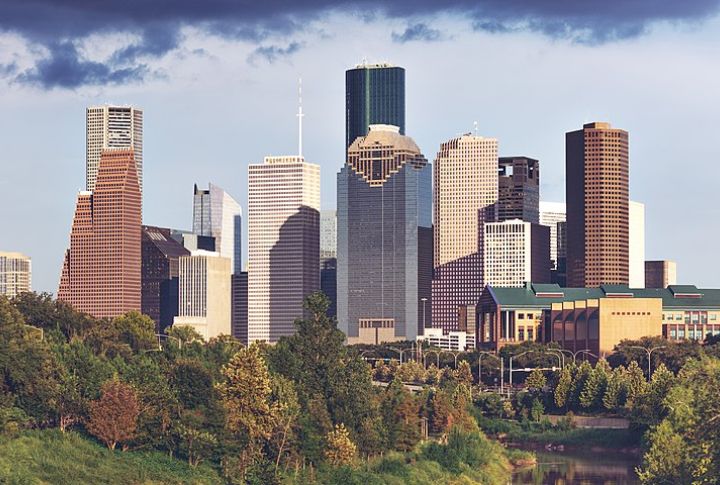
Ever since Harvey swamped the region in 2017, Houston’s flat terrain has remained a storm magnet. Built over swamplands, the city struggles with drainage. Bayous overflow easily, and every storm season tests flood defenses that can’t always handle the volume rushing in.
Wilmington, North Carolina
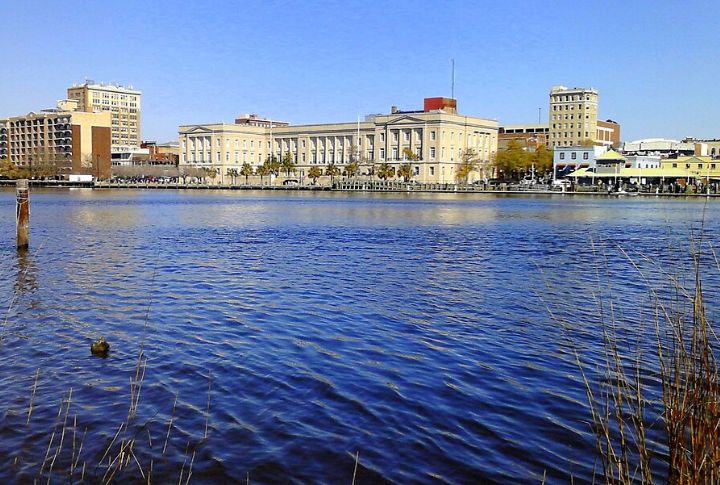
Tropical storms sweep through this coastal city often, and its 150‑storm track record shows it. Hazel in 1954 carved through here with winds near 135 mph. The scenic riverwalk floods frequently, turning historic charm into a reminder of nature’s raw timing.
Raleigh, North Carolina
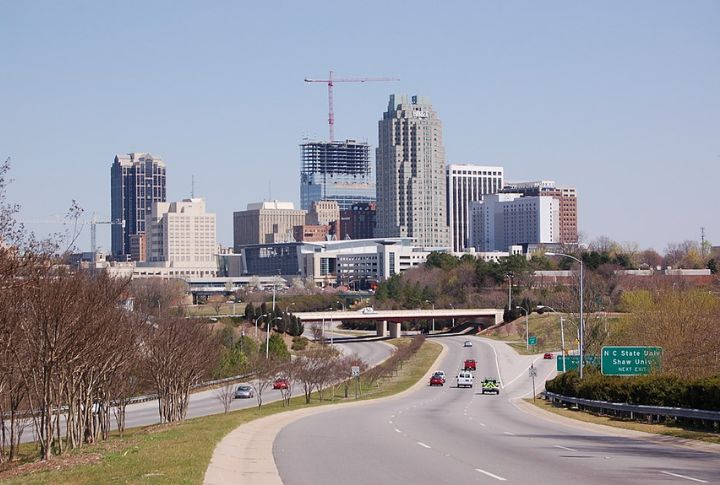
Raleigh might not sit on the shoreline, but hurricanes find it anyway. Dozens have passed through since the 1800s, with Fran marking one of the worst. Tree-lined neighborhoods and rapid growth complicate how the city prepares for a future of storm-heavy seasons.
Cary, North Carolina
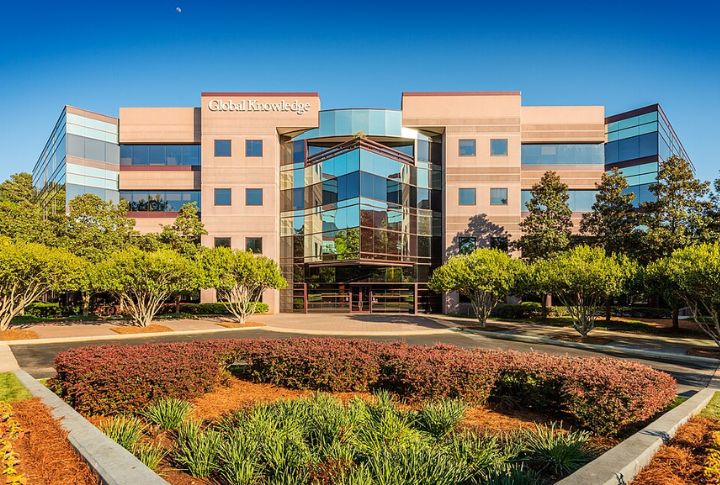
A surprise entry with 76 storms and strong inland gusts, Cary sees weather spikes that others miss. Hazel’s winds left a mark, and suburban growth continues despite the risks. Every season, its residents brace for storms that barrel past the coast and veer inland.
Greensboro, North Carolina
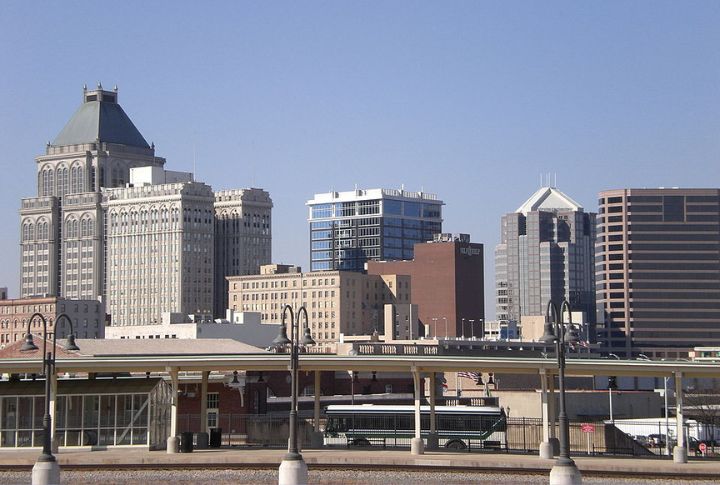
Greensboro’s inland location no longer guarantees safety, leaving it exposed to the lingering aftermath. Storms weaken over land, but floods and twisters still follow. Fran and Florence left their trace. Even far from beaches, this city can’t always avoid tropical chaos when it rolls in.
Charleston, South Carolina
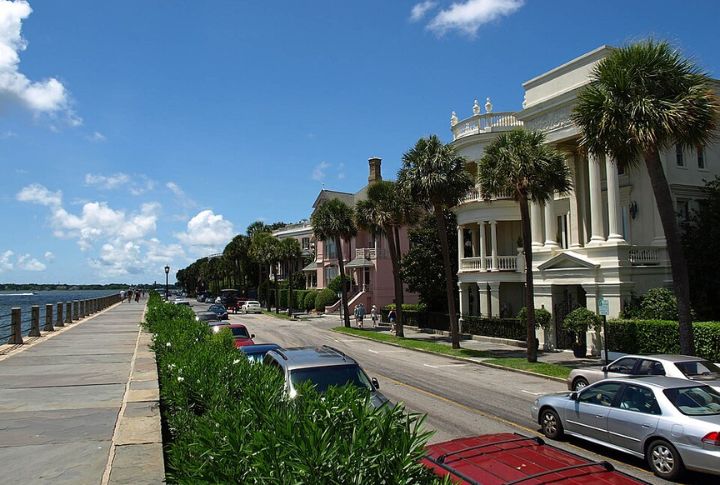
Floodwaters creep in with tides, and storm surges shape this city’s rhythm. Hugo’s blow in 1989 forced Charleston to rethink how it stands against water. Raised foundations and aged shutters now hold their ground when winds whip the harbor into a swirling threat.
Key West, Florida
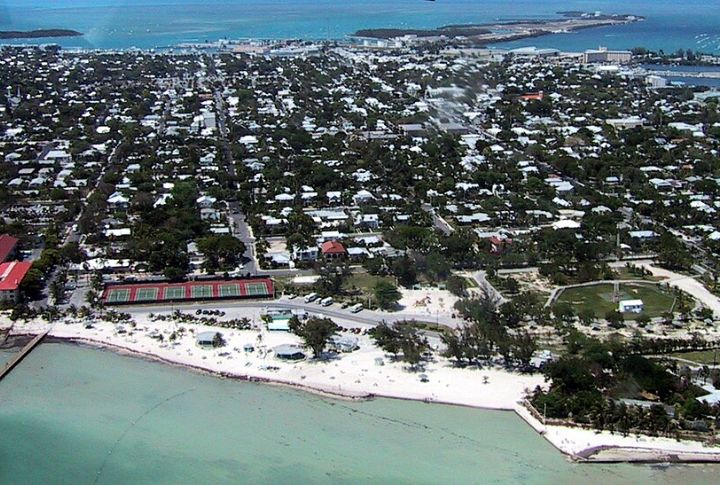
Storms here aren’t just common—they’re part of the lifestyle. Since 1851, at least 26 hurricanes have swept over this tropical outpost. Residents track pressure drops like clockwork, and preparations feel routine. Even so, evacuation remains tricky when there’s only one road leading out.
Galveston, Texas
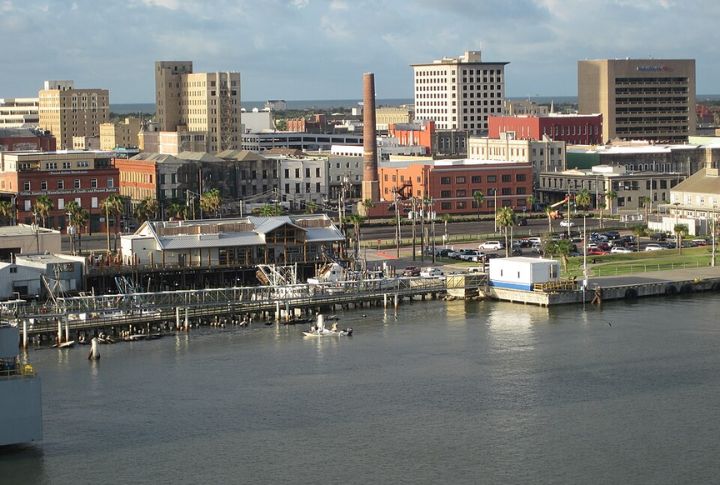
What happened in 1900 still echoes. That hurricane claimed over 6,000 lives, making it the deadliest in U.S. history. Since then, Galveston has raised its ground, built a seawall, and rebuilt with caution. It’s still exposed, but every generation builds on lessons from the past.
Pensacola, Florida
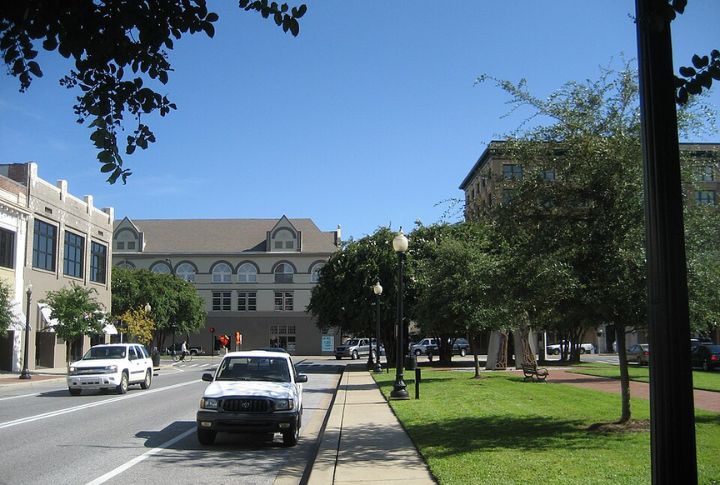
This Gulf city doesn’t get a break. Hurricanes arrive from multiple directions, and wind damage stacks up. The military base prepares well, and locals know the drill. Still, every season carries tension, whether for storm surge or what lands ashore in the dark.
Mobile, Alabama
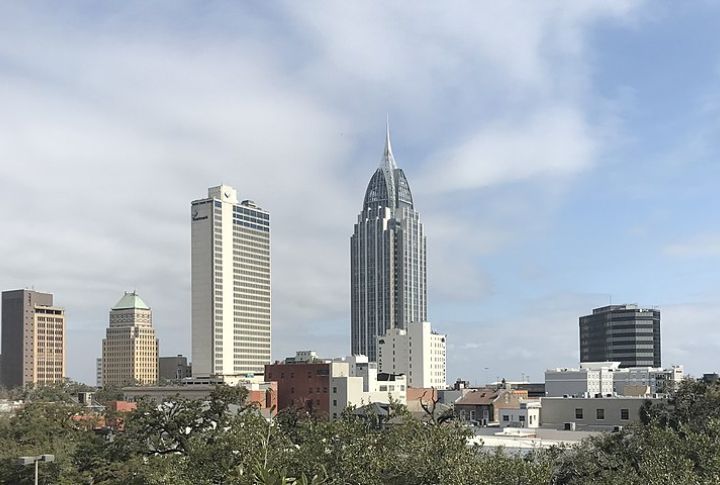
Surrounded by water, Mobile has always been in nature’s crosshairs. Since 1871, dozens of hurricanes and tropical storms have tested its limits. Storm surge is the real concern here, and each year, residents brace for impact with hard-won habits and strong neighborhood ties.
Jacksonville, Florida
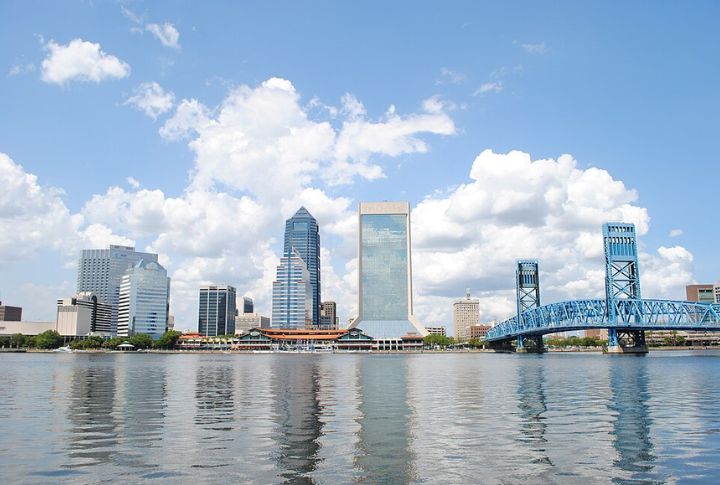
This city sits along the St. Johns River, which flows north and often swells with incoming storms. Hurricanes here bring more flooding than wind. Residents stay alert to slow-moving water and follow evacuation maps with precision learned through decades of repetitive seasonal chaos.
Savannah, Georgia
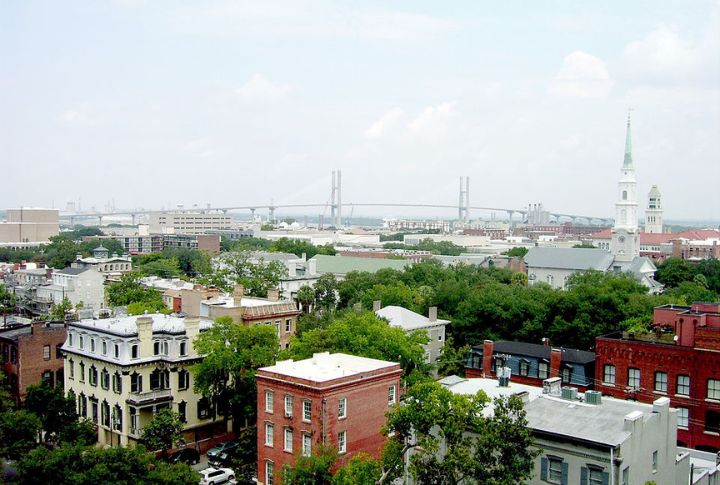
Charming squares don’t soften hurricane paths, and Savannah’s coastal layout leaves little buffer. The flat terrain invites stormwater to settle, while moss-draped oaks sway ominously. Visitors admire the city’s beauty, but locals know the stress each new forecast stirs deep into the season.
Virginia Beach, Virginia
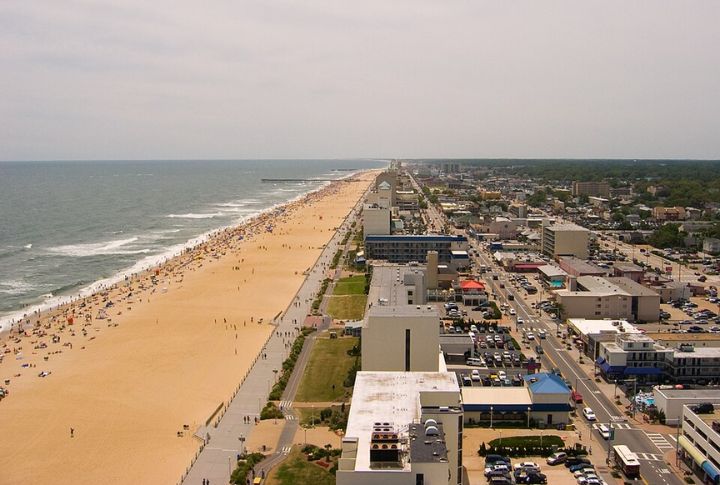
Storms here churn through Chesapeake Bay, often bringing tidal flooding and saltwater intrusion. Even mild hurricanes can damage basements and boardwalks. Quiet resilience keeps the city ready, with preparations rooted in both tradition and strong emergency coordination across neighborhoods.
Boston, Massachusetts
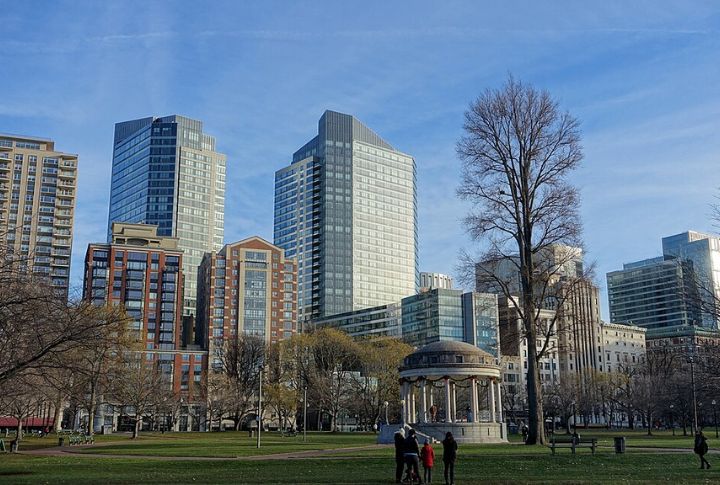
Hurricanes rarely arrive full strength by the time they reach Boston, but coastal neighborhoods still flood from heavy rain and high tide overlap. Seawalls and resilient infrastructure reduce damage. Locals track forecasts carefully and adjust fast, drawing from years of experience with New England’s erratic weather.
Providence, Rhode Island

After the catastrophic 1938 hurricane, the city built one of the first hurricane barriers in the U.S. It still protects downtown today. Residents stay prepared with flood alerts, evacuation zones, and sandbags. Providence’s response system evolved from hard lessons and continues to prioritize long-term planning.

